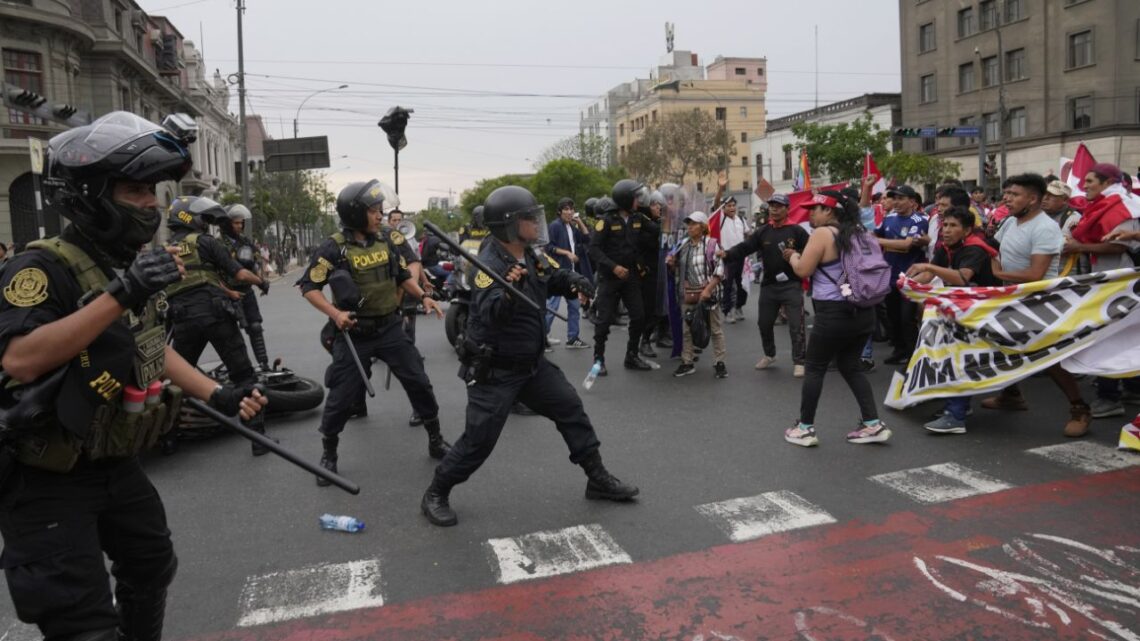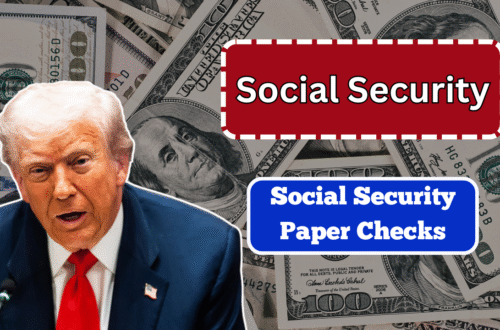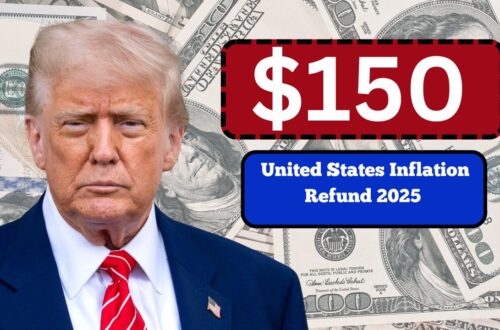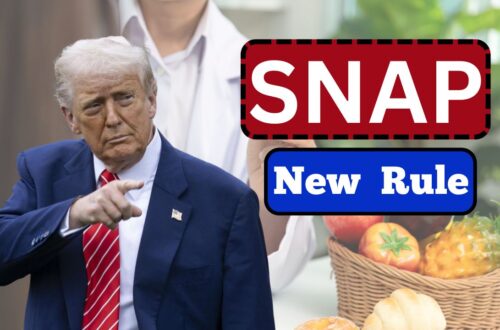Peru is experiencing a wave of mass protests following the recent ouster of President Dina Boluarte and the swearing in of her successor, José Jerí.
Protesters have flooded the streets of Lima and other cities, demanding Jerí’s resignation, fresh elections, and sweeping reforms to address crime, corruption, and unstable governance.
Tensions have escalated with violent encounters between demonstrators and security forces.
Casualties, injuries & official response
Authorities have confirmed one fatality during the demonstrations. That individual, a man in his early 30s, died amid clashes near central Lima.
More than one hundred people have been injured in various incidents — including both protesters and police.
Dozens of security personnel report injuries from projectiles, tear gas, and physical confrontation.
The government has ruled out resignation, citing the need for continuity, and is preparing to impose a state of emergency to restore order.
Why this protest wave erupted
These protests are largely fueled by younger generations—especially Gen Z activists—together with labor groups and civil society networks.
Discontent has been building over rising violent crime, perceived impunity for public officials, and recent pension legislation requiring broad participation in the pension system—which many see as burdensome or ill-timed.
The abrupt removal of Boluarte created a perception of instability and a lack of democratic legitimacy, sparking widespread outrage.
Jerí’s position and government tactics
President José Jerí has refused to step down, arguing that the country needs stability to confront rampant extortion, gang violence, and institutional decay.
He has ordered an investigation into the fatal clash and pledged action against excessive use of force. At the same time, he has accused radical elements of infiltrating peaceful protests.
With national elections already slated for mid-2026, the administration faces an urgent need to balance security and legitimacy.
Snapshot- Key figures from the protests
| Metric | Current estimate |
|---|---|
| Dates of major clashes | Mid-October 2025, especially around October 16–17 |
| Confirmed deaths | 1 |
| Total injuries | Over 100 (both sides) |
| Police injured | Several dozen |
| Civilian injured | Two dozen or more |
| Government posture | No resignation; preparing state of emergency; investigations underway |
| Political backdrop | Boluarte’s removal and Jerí’s swift succession; elections set for July 2026 |
| Main grievances | Crime, corruption, pension reform, lack of institutional trust |
Broader context
Peru has seen high turnover in leadership in recent years, straining public confidence in both Congress and the presidency.
The shooting death in Lima has fanned outrage about police accountability.
If a state of emergency is declared, the government could impose restrictions on movement and public assembly, a move that risks stoking more anger unless matched with genuine transparency, accountability, and dialogue.
The path forward hinges on whether the authorities respond with force or with reforms.
The unfolding crisis in Peru is more than street unrest—it’s a flashpoint in a deeper battle over legitimacy, security, and governance.
With one life lost and many injured, the public’s patience is wearing thin.
The government now faces an acute choice: rely on coercive measures and risk escalation, or pursue accountability, institutional reforms, and open political engagement.
The outcome will reverberate well beyond the streets of Lima.









